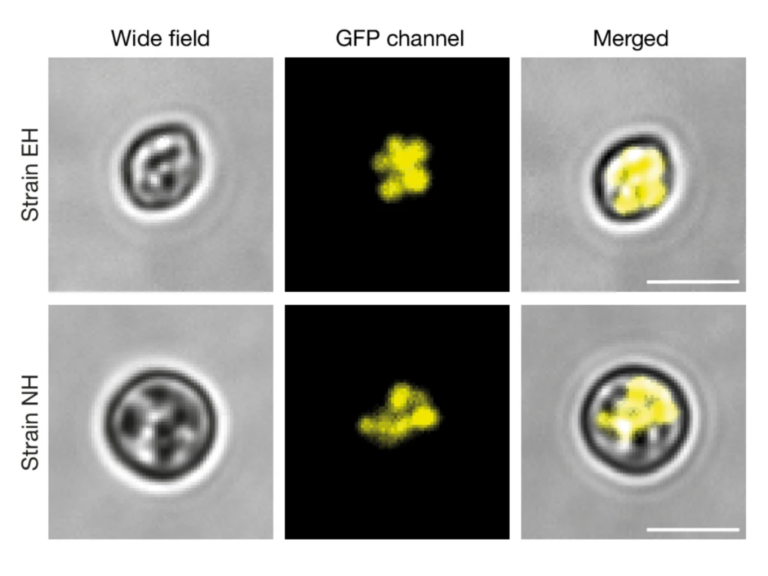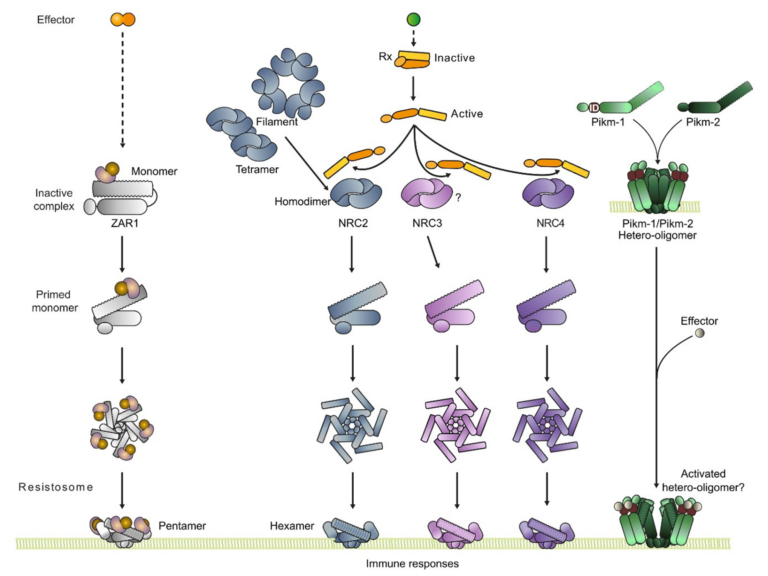Appressorium-mediated plant infection by Magnaporthe oryzae is regulated by a Pmk1-dependent hierarchical transcriptional network.
Rice blast is a devastating disease caused by the fungal pathogen Magnaporthe oryzae that threatens rice production around the world. The fungus produces a specialized infection cell, called the appressorium, that enables penetration through the plant cell wall in response to surface signals from the rice leaf. The underlying biology of plant infection, including the regulation of appressorium formation, is not completely understood. Here we report the identification of a network of temporally coregulated transcription factors that act downstream of the Pmk1 mitogen-activated protein kinase pathway to regulate gene expression during appressorium-mediated plant infection. We show that this tiered regulatory mechanism involves Pmk1-dependent phosphorylation of the Hox7 homeobox transcription factor, which regulates genes associated with induction of major physiological changes required for appressorium development—including cell-cycle control, autophagic cell death, turgor generation and melanin biosynthesis—as well as controlling a additional set of virulence-associated transcription factor–encoding genes. Pmk1-dependent phosphorylation of Mst12 then regulates gene functions involved in septin-dependent cytoskeletal re-organization, polarized exocytosis and effector gene expression, which are necessary for plant tissue invasion. Identification of this regulatory cascade provides new potential targets for disease intervention.


